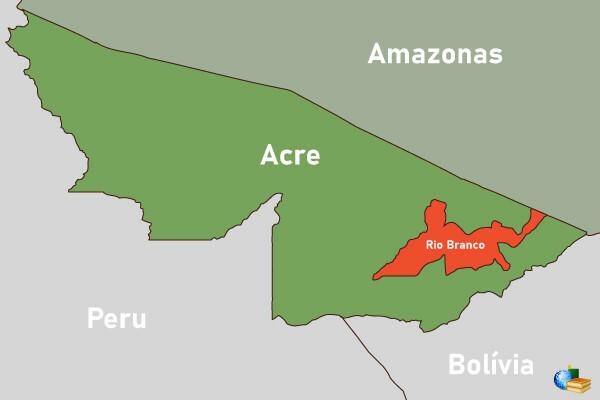Migration it consists in the act of the population moving spatially, that is, it can refer to the change of country, state, region, municipality or even domicile. Migrations can be triggered by religious, psychological, social, economic, political and environmental factors.
THE inward migration it corresponds to the displacement of people within the same territory, thus it can be between regions, states and municipalities. Such displacement does not cause changes in the total number of inhabitants of a country, however, it changes the regions involved in this process.
In Brazil, one of the factors that exert the greatest influence on migratory flows is the economic one, since the capitalist production model creates privileged spaces for installation of industries, forcing individuals to move from one place to another in search of better living conditions and looking for jobs to meet their basic health needs. survival.
A very common migration model in Brazil, which has intensified over the last five decades, is the
rural exodus, that is, the migration from the countryside to the city. The economic model that favors large landowners and the intense mechanization of agricultural activities result in the expulsion of the rural population.THE Southeast region of Brazil, until the end of the 20th century, received the largest amount of migratory flows in the country, mainly the state of São Paulo, as it provides greater employment opportunities due to the industrialization process developed.
Do not stop now... There's more after the advertising ;)
However, in recent decades, the Midwest and North regions have been very attractive to migrants, as after the 1970s, the economic stagnation that hit and still reaches the Brazilian industry negatively affected the level of employment in the large cities of the Southeast, generating little demand for labor, causing the retraction of these flows migratory. Thus, the North and Center-West regions, which already captured some part of this movement, became destinations for internal migration in Brazil.
Public policies for the occupation of western Brazil were decisive for this redirection of migratory flows in Brazil. The construction of Brasília, investments in infrastructure, new agricultural frontiers, among other factors, contributed to this new distribution.
The Southeast continues to capture most Brazilian migrants. The region receives many more people than it loses. The Midwest also receives more migrants than it loses, and is currently the main destination for migratory flows in Brazil. The South and North are regions where the inflow and outflow of migrants is more balanced. The Northeast Region has received more and more migrants, with the majority coming from the Southeast (return), however, remains the region that loses the most population to the others.
By Wagner de Cerqueira and Francisco
Graduated in Geography
Brazil School Team
Would you like to reference this text in a school or academic work? Look:
FRANCISCO, Wagner de Cerqueira e. "Internal migration in Brazil"; Brazil School. Available in: https://brasilescola.uol.com.br/brasil/migracao-interna-no-brasil.htm. Accessed on June 27, 2021.


